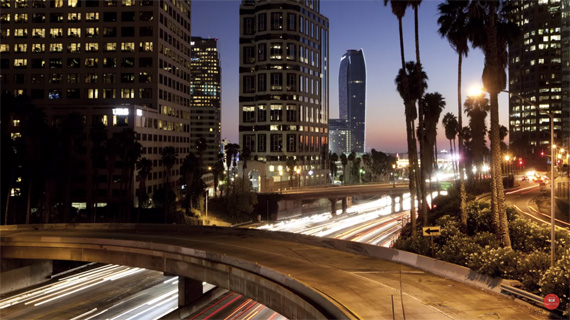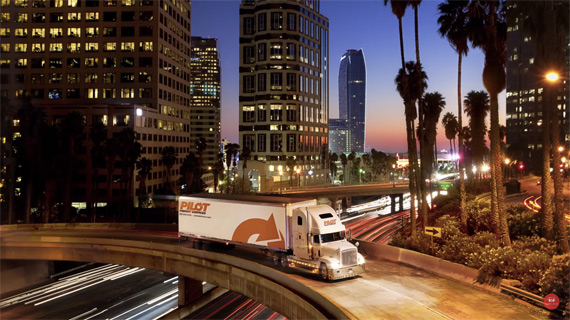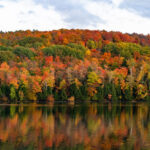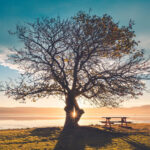Have you ever taken a lifestyle shot or some other photo where your subject looked great but your background didn’t quite cut it? Maybe the exposure was off, or when you got to post-processing you didn’t have the bokeh you were hoping for. Whatever the reason, taking a couple of background plates during your shoot can make all the difference when it comes time to work with the final image. Jay P. Morgan tells us more:
Background “plates” are simply shots that you take of your background without your subject. (They’re called plates because, back in the olden days, backgrounds used to be printed on plates and set behind the subject.) These plates allow you to edit your subject into a clean, more ideal version of the background you were going for. If you don’t do a lot of post-processing, they may not be helpful. But if you’re someone who likes to make sure that a shot is exactly as you intend, having a few backup shots of the background can make a huge difference.

The background without the subject
“A ‘plate’ is something ‘you photograph every time you go out to make sure you’re covered and have options when you get into the post-editing process.'”
Background plates can be used for just about every occasion where you have a subject that’s removable from the background, but they’re especially useful during the golden hour and other times when the lighting is changing. If alignment is important (like in the truck photo illustrated here), make sure you use a tripod so that the post-processing is easy. Also, it’s a good idea to set your white balance manually rather than using ‘auto’ so that the white balance of the two photos matches.

Adding the subject back in
Whether you use them for insurance or for compositing, taking background plates either before or after your shoot is just about always a good idea. It also doesn’t hurt to have a folio full of background images you can use for other projects. Skies, sunsets, water, buildings—if you do any compositing at all these plates can become invaluable.
Like This Article?
Don't Miss The Next One!
Join over 100,000 photographers of all experience levels who receive our free photography tips and articles to stay current:






Leave a Reply